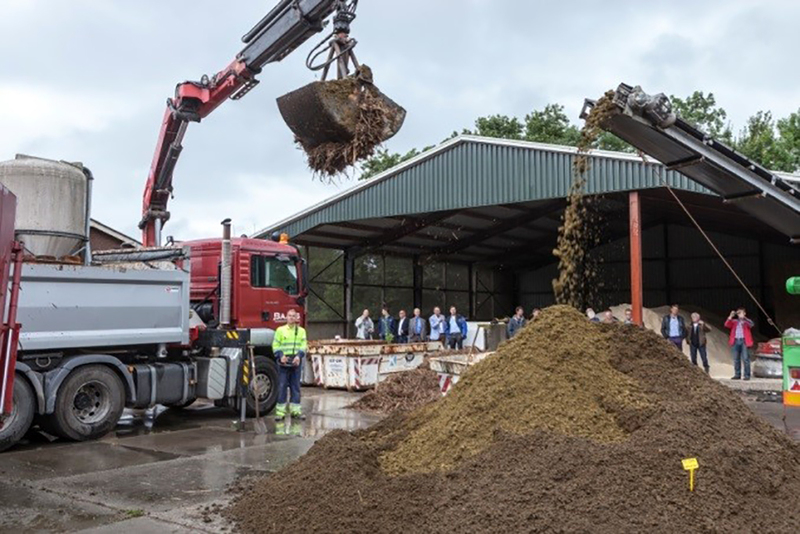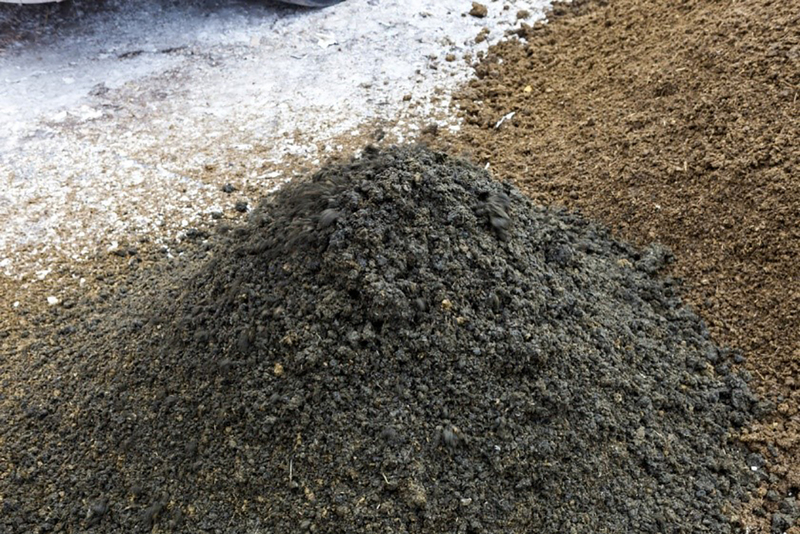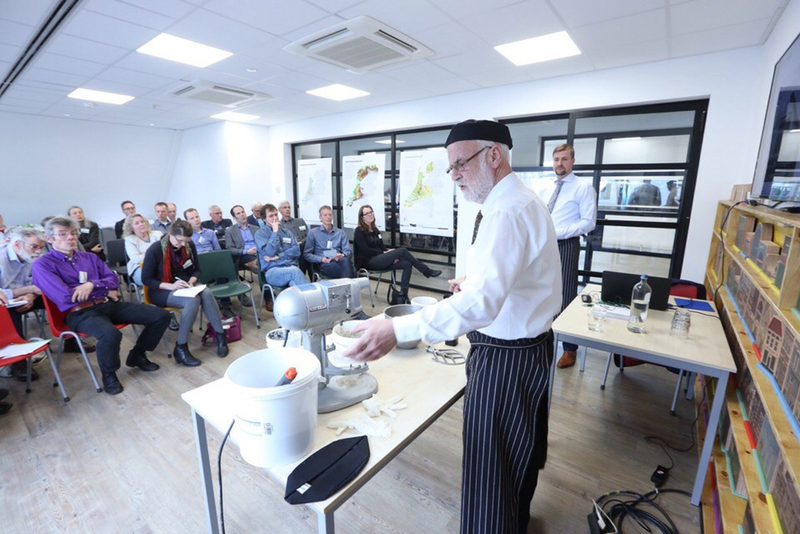Raise elevation of low-lying peatlands and production of high value soil
Large areas of peatland in Dutch polders are compacting. This resulted in the last decades in sinking land with big consequences for water management, bio diversity, economical and ecological utility, CO2 emissions etc. HHSK dredges yearly approx. 150.000 m3 from waterways at an average costs of €3.000.000.
As part of the Interreg 2 the Seas 2014-2020 Programme funded the project ‘Using Sediment As a Resource’ USAR [1]. The Regional Water Authority of Schieland and Krimpenerwaard (HHSK), The Netherlands will execute a pilot.
The pilot investigates how to prevent land subsidence of the low lying peatlands, in relations to: the reduction of flood risk; the improvement of soil quality; the reduction of sediment volume in landfills; the costs of dredging; the CO2 output; and the environmental impact (i.e.: no/less transport needed). Locally dredged sediment of high-organic composition will be blended with other local waste products (e.g. green waste, animal manure and waste from water purifications) to produce Topsurf [2,3,4]. This is a promising concept developed by Dutch engineers. This Topsurf sediment will be deposited on sinking peat areas, transforming the sediment into a valuable resource to mitigate loss of elevation and, at the same time, to contribute to mitigate the excess of manure problem. The pilot will be executed in 2018-2019. This pilot will involve various stakeholders, such as (Dairy) farmers from the Krimpenerwaard and Topsurf-Nederland (TSN). At the end of the pilot, the owner will continue using the areas (with Topsurf layer), of farm land and carry out the regular maintenance.
During the pilot, various mixtures of Topsurf Land will be tested and compared. This pilot should be able to quantify the long-term permanent beneficial effect of Topsurf application with respect to: reduction of waste volume; volume of dredge sediment reuse; volume of raw material saved. After this pilot, it is auspicable that local partners will continue applying this circular approach as part of their regular practice in the future
Graphical information:



References/web links
- https://www.hhsk.nl/usar
- http://www.topsurf-nederland.nl
- Agentschap NL (2010) Compensation ground decrease and guaranteeing water maintaining in peatland by applying Topsurf
- Deltares et al. (2013) Feasibility Study Topsurf Krimpenerwaard